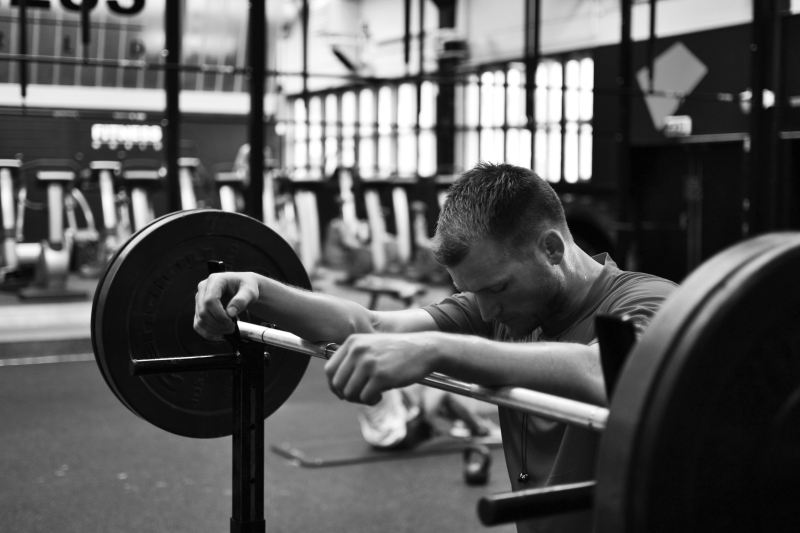“Lol, why are you working out the day right after your injury?”
When my friend first asked me, I thought she was joking. Of course I work out the day after an injury — it’s what I’ve always done and what I thought everyone who works out did. The question in her text was even followed by the crying/laughing emoji which meant that she must have been joking. But when others seemed surprised or even scolded me for lifting and swimming immediately after my injury, I started thinking that maybe what I’m doing is not super common.
Two Sundays ago, I needed a little pick-me-up after long hours on a group project, so I decided to drop in to catch the end of an evening Jiu Jitsu class — as one does when they’re tired. I’d been dealing with a recurring injury in my knee that would make it click and lock out in certain positions, but I didn’t want to stop training, so I adjusted my style to avoid such positions. That fateful Sunday night, I got into a position called Knee-On-Belly (which meant I was winning, by the way) on this big bearded Eastern European guy, and he spazzed out a little bit. Next thing you know, I’m on the mat holding my leg. Over the next week, I had an MRI and saw an orthopedic surgeon who told me I had a bucket flap meniscus tear and that I needed surgery as soon as possible. But the day right after the injury, before I’d even scheduled my MRI, I was in the gym doing shoulder presses and curls.
Looking back, this reminds me of a similar situation I was in almost exactly nine years ago. I was in SEAL training and had a recurring stress fracture in my shin that made it excruciating to run. Still, I didn’t want to stop training, so I iced, foam rolled, stretched and adjusted my stride to keep going. Then, one day, I was running a four-mile timed run — the last one of that phase of training — when my shin bone actually broke, and I crumpled in a heap on the track. I was carried off to the emergency room and seen by an orthopedic doctor that morning. But later that afternoon, before the cast was even dry, I was in the gym doing shoulder presses and curls.
That seems to be what I do — push my body to the breaking point and then recover from it, again and again. To a professional athlete, this mindset might be counterintuitive because long term success depends on making incremental gains over long periods of time. But I’m not trying to break any records, nor am I trying to look like The Rock. See, while exercise started out as a way for me to build a strong physique to shelter my insecurities, it soon turned into a way for me to battle the insecurities themselves. It’s a chance for me to practice doing things that make me uncomfortable or that I’d rather avoid.
Common sense tells us that an injury is our body’s way of telling us that we’ve pushed ourselves too far, that we need to slow down, take a wrap off and lick our wounds. But that’s the problem with “just this one time.” We’re not creatures of choice, but creatures of habit. These first few days will determine the pace and mindset of my entire recovery, and that mindset will suffuse into my life. So, when I can’t use my legs, I’ll do push-ups and pull-ups. If my back gives out, I’ll do arm circles and curls. If my shoulders give out, I’ll do finger squeezes, and when I can’t do those, I’ll crunch my eyebrows or something.
Yes, I’m tired of hurting, I’m sick of being tough, I’m over being disciplined. But what is my alternative? I’m at the crucial point in my life when most men in their thirties fade into softness and accept the fragility of their frames. The most natural, reasonable and easily excusable mindset is to say “Hey, I’m injured, I’m justified in taking a week off.” But a week turns into a month, a month turns into a year, and a year turns into the rest of their lives. Not me. I see it as an opportunity to become even better than I would have if I hadn’t been hurt— not because of the pull-ups or the curls, but because of the discipline, determination and drive that I can build while doing those things despite being on crutches. Anybody can recover from an injury — I want to thrive from it. That’s why I work out the day right after an injury.
Contact Nestor Walters at waltersx ‘at’ stanford.edu.
